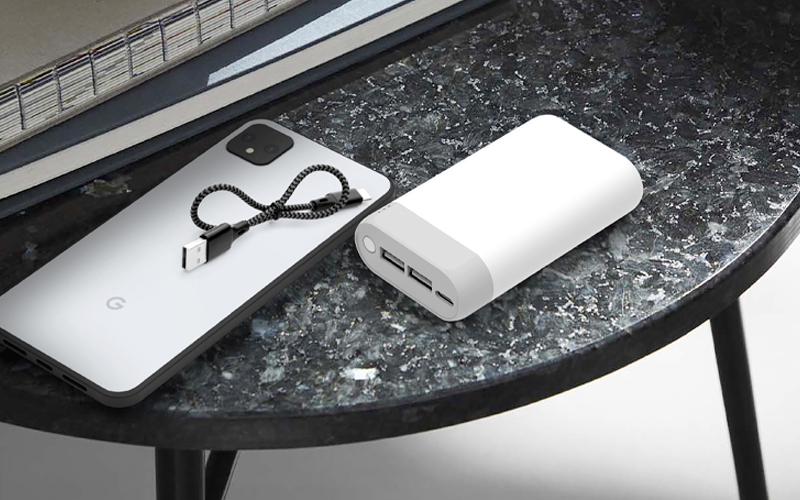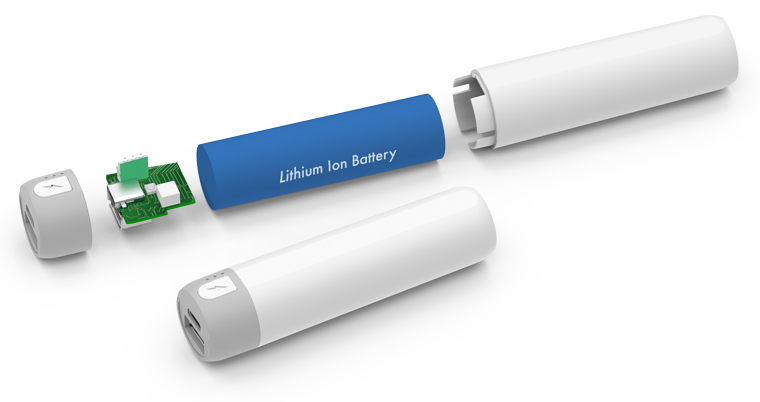
We’ve Got The Power: A Quick Lesson On Why PowerStick Chargers Remain Charged, When Others Don’t.
 – Nigel Harris
– Nigel Harris
When most battery chargers aren’t used, they run out of juice in just a couple of months or less, but PowerStick chargers can remain fully charged for at least a year.
What makes the difference?
I asked John Zhu, PowerStick’s Chief Engineer and formerly a visiting scholar at the University of Pennsylvania, for the answer.
He explained it this way:
A charger consists of three main components:
- Lithium-ion battery
- Printed circuit board assembly (PCBA)
- Plastic shell
On the PCBA there is a battery charger, a battery protection circuit, a power management circuit, and a microcontroller.
If the charger has been designed so some circuits remain active, even when the charger is not being used, energy will continue to be consumed, thereby depleting the battery over time.
PowerStick chargers, on the other hand, are designed using integrated circuits (ICs) with the lowest working current possible, and most shut down when the charger is idle.
This shutdown conserves the battery’s energy so the charger remains fully ready whenever it’s needed, tomorrow or a year from now.







